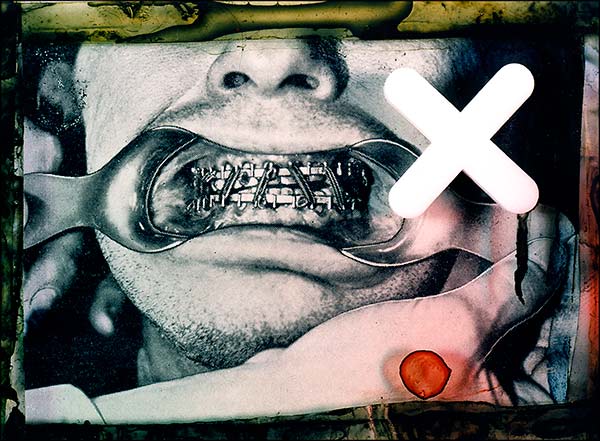
 |
|
When is an X-Ray a portrait? When is a specimen an artwork? From grainy portraits to hypersaturated colours, Karl Grimes's work has consistently sought to explore new perspectives on medical and scientific matters. Both Still Life (1997) and Stuffed Histories (1998), in distinctive ways, dealt with issues of identification and classification in medical and science history display. Central to all his work is the role of technology, specifically photography, as a means to mediate our worlds, whether those of science, nature or tourism.
His perspective invites us to explore the function of photography in reasserting
old myths and in establishing new ones. In his emphasis on the camera
as a scientific tool for documenting human and other natures, he foregrounds
the critical role of lens-based imaging for re-imagining all natures -
for apprehending/comprehending pathology, criminal proclivities and forensic
evidence. pathology, criminal proclivities and forensic evidence.
In these sombre portraits in abandoned research files from R Block in
upstate New York, the figures and faces of these dark celebrities point
to the power of the look to scrutinise and penetrate, making them both
subject and object in the process of classification. The attire, grooming
and appearance - an ornamental pin decorates one of the sitter's ties
- the gestures and the pose - all suggest a significant occasion. All
highlight the codes of the formal portrait, here performed for a medical
lens as 'best practice' models of disease.
Used for research purposes and later abandoned, Grimes reworks their images
in a different age and context and engages us in narratives of science
history. |
|
www.karlgrimes.net
|